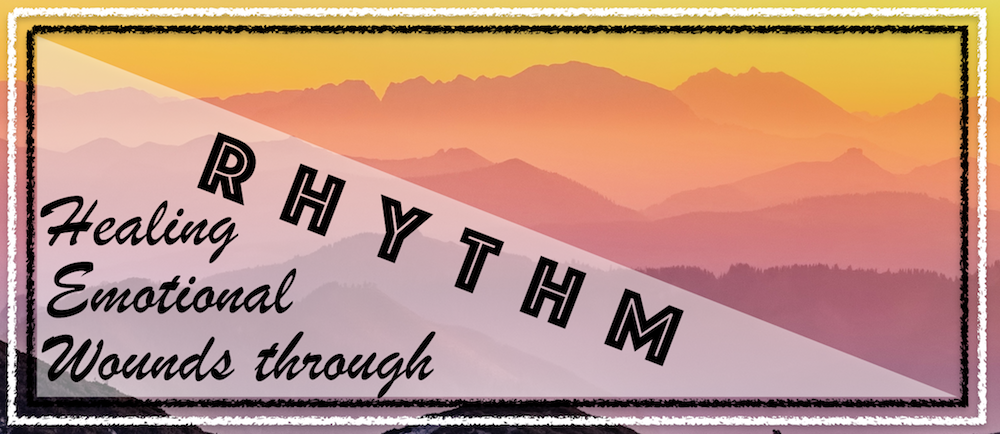The idea of using rhythm to recover from trauma is a powerful and under-utilized technique. While the idea is little known in our culture, the practice has been around for ages, from Gregorian Chanting in the middle ages, to the first recorded yoga texts in the 11th century. Modern day research is beginning to explore the benefits of using rhythm to heal from trauma, and the results are promising.
How it works:
If you’re someone who has survived a traumatic event, you have likely noticed changes to the natural rhythms of your body, rhythms that include sleep/wake cycles, hunger, heart rate, menstrual periods, and moods. Biologically, our bodies operate on a natural 24-hour circadian cycle, the same biological cycle that has been observed in animals, plants, and even bacteria. When a traumatic event occurs, our internal systems of balance are disrupted, leading to a state of fixation. One analogue is to think of our bodies like a record player. When a turntable is properly functioning the needle stays in its groove and the record turns smoothly and methodically, creating enjoyable music. But when there is a disruption on the vinyl, like a scratch or dirt, the needle will malfunction and skip in place, or jump to another part of the track, often causing even more damage to the record. Trauma works in the same way with the natural rhythms of the body. When the biological cycles are disrupted, other areas of functioning are impacted, and it can often feel like what you’re experiencing is a “broken record” of symptoms.
If you can relate to the description above, you may benefit from using rhythms, in addition to traditional therapy, to reestablish balance and proper functioning in your mind and body. Research has shown that repetitive, rhythmic movements that incorporate the body, have a calming effect on the brain and create a sense of safety and predictability, which allows for a decrease in the fight/flight/freeze response, and brings higher functioning parts of the brain back online.
How to Get Started:
There are many ways to incorporate rhythm into your everyday life. Some of the more researched interventions include yoga, dance, and Tai Chi. Other methods with less research and backing, but have promising potential include listening to, or making music, rhythmic drumming, therapeutic massage, and running. It may beneficial to start small, perhaps by listening to a favorite song and tapping along to the beat.
For more information on how adding rhythm to your life can improve your mental health, LiveFree Counseling – 720.465.6180.
